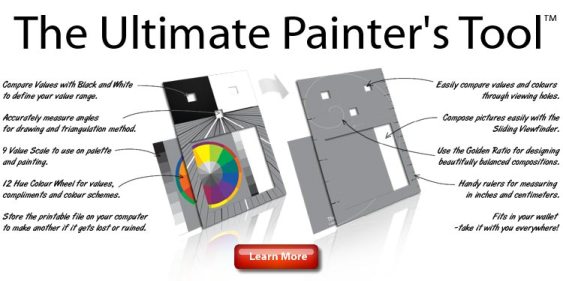Ways to Apply Oil Paint
Oil paint is a very adaptable painting medium and certainly one of the most versatile available in the art industry today. Oil paint can be manipulated in a variety of ways. It can be applied in thin, see-through glazes or very light washes to mock water paint color properties. Oil paint can also be mixed to a thick mixture with buttery consistency and then applied with a paint knife. You can take your time and apply it gradually in many layers, or alternatively, you can finish a painting in a single sitting. Basically, there are simply endless enjoyable ways you can paint art using this awesome medium. Here are some of the ways you can apply oil paint. Dry brush This is the technique where you use a dry brush to apply stiff dry paint onto a dry surface. This method works perfect if the surface is rough. The parts on the surface that are raised will absorb the paint, while the dips in your support will not. As a result, a broken color effect will come through and the color of the canvas will be prominent. Painting on a Toned Ground There are times when the white in the canvas is too bright. In order to make it easier to ascertain the values in your painting, you ought to apply a toned ground to your support. While just about any color is fine for use to tone your ground, the most popular colors to be used are warm tones of yellow, reds, and browns, which add a pleasing richness to the finished work. Alla Prima Painting In this oil painting technique, all the work is usually completed in one sitting. It was hugely popularized by the great Bob Ross on his TV show The Joy of Painting. Watching him work on and completing a splendid piece of art work in a mere 30 minutes was amazing to say the least. With this technique, the paint is applied wet directly onto the support, often without sketches or under painting. It is usually a good idea to start with a sketch using a very light oil paint. It gives you a general idea where to place your colors. You need to take utmost care while working with this technique, otherwise improper application of the colors may result in your painting becoming muddy. Of course, it takes repetitive trials to master this technique so remain calm if your first three trials are all messed up. Working with Painting Knives This technique is worth a try if you’ve never tried it before. It greatly differs from the conventional oil painting with a brush. This becomes apparent the moment you apply your first stroke with a painting knife. Avoid the temptation to use your palette knife such knives were not made for painting. Painting knives are more flexible and come in a number of different sizes and shapes. By simply adjusting your hand position on the handle, you can manipulate the paint in very many ways. Glazing This technique also produces a different appearance than if you were using the conventional color blending methods. Glazing tends to make colors more luminous. The colors are optically mixed using transparent layers, rather than being mixed before applying. For instance, to make color green with glazes, you have to first mix blue and yellow together on your palette. Apply the glazes in thin layers one at a time, waiting for each one to dry completely. While this technique can be tricky and may require practice to get it right, it is not that hard. Impasto With this technique, paint is applied in thick and luscious strokes whilst the brush marks are still visible. Paint with the ideal consistency for this technique is usually the one directly from the tube. Vincent Van Gogh is one artists who was famous for using this technique and most of his work is a perfect example of it. | |
|


Master the Colours DVD...

|
Although every attempt has been made to make information as accurate as possible, we are not responsible for any errors that may appear.
© Copyright 2015, OilPaintingTechniquesLessons.com. All Rights Reserved.





